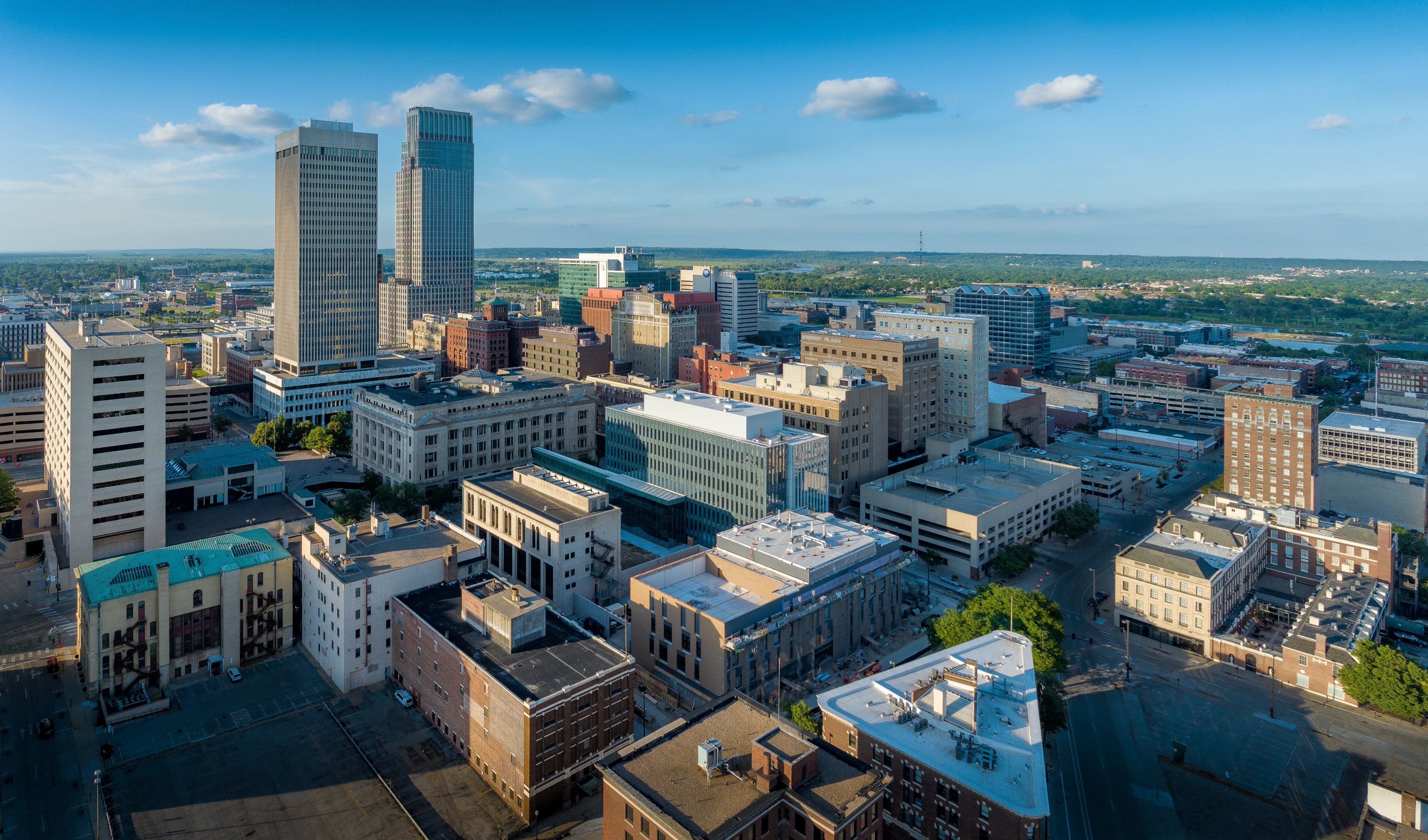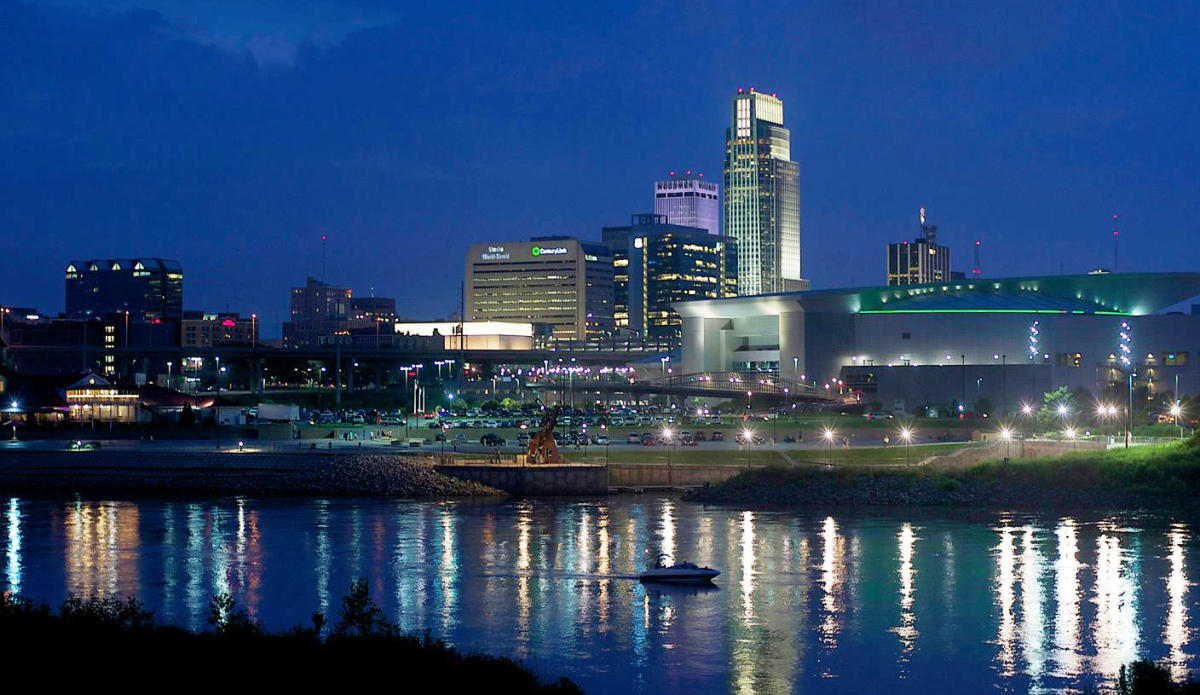
The Omaha Sacred Pole: Venerated Tribal Object and Cultural Continuity Symbol
In the hallowed halls of Harvard’s Peabody Museum, amidst countless artifacts from cultures worldwide, resides an object of profound spiritual and historical weight: the Omaha Sacred Pole, known to its people as Umon’hon’ti, "The Real Omaha" or "The Venerable Omaha." More than just a relic of the past, this unassuming cottonwood pole, adorned with symbolic attachments, stands as the enduring heart of the Omaha Nation—a living testament to their identity, resilience, and an unbroken spiritual lineage that spans centuries. Its journey from the vast prairies of Nebraska to a museum vault, and its eventual, poignant return to its people, encapsulates a powerful narrative of cultural preservation, forced assimilation, and the enduring quest for continuity.
The origins of Umon’hon’ti are shrouded in the mists of time, passed down through generations via sacred oral traditions. It is believed to have emerged at a pivotal moment in Omaha history, marking their consolidation as a distinct nation. One of the most compelling narratives tells of a time when the Omaha people were fragmented and suffering. A vision or a divine intervention led them to a particular cottonwood tree that had been struck by lightning, yet remained standing. From this tree, the pole was fashioned, imbued with the power of the thunder and the steadfastness of the earth. Its creation was not a mere craft but a sacred act, a direct communion with Wakonda, the Great Mystery or Creator, solidifying the pole’s role as the physical embodiment of the Omaha nation’s spirit, laws, and destiny.
For centuries, the Sacred Pole was the paramount object of veneration for the Omaha people, the very center of their spiritual and civic life. It was housed within a special tent, under the care of a designated Keeper family, a responsibility of immense honor and spiritual burden. The Pole was the nucleus of the we-x’thige, the tribal sacred bundle, which contained other potent symbols such as the Sacred Pipestems. Its presence guided the Omaha in their nomadic journeys across the plains, in their buffalo hunts, and in decisions of war and peace. It was invoked in ceremonies that unified the clans, sanctified leadership, and ensured the well-being and prosperity of the entire nation.
The Pole itself is a testament to meticulous symbolism. Approximately eight feet in length, it is adorned with a meticulously crafted eagle feather headdress, known as the "Iron Wing," symbolizing vigilance, strength, and the connection to the sky world. Attached near the top is a scalplock, the "Iron Shoulder," representing the protective power of the warriors and the sacrifices made for the nation. These attachments were not mere decoration; they were integral to the pole’s spiritual efficacy, reflecting the holistic worldview of the Omaha, where the sacred and the mundane were inextricably linked. Francis La Flesche, the renowned Omaha ethnographer and son of an Omaha chief, eloquently described its significance: "The Sacred Pole represented the authority of the chiefs, the solidarity of the people, the unity of the tribe, and was an object of reverence and devotion." He noted how it represented the very "life of the tribe," serving as the focal point for their collective existence and identity.
The late 19th century brought unprecedented challenges to the Omaha Nation, as it did to countless indigenous peoples across North America. The relentless expansion of American settlers, the imposition of reservation policies, and the systematic suppression of tribal religions and governance threatened to dismantle the very fabric of Omaha society. Faced with the erosion of their traditional way of life and the increasing danger of the Pole falling into irreverent hands or being desecrated, the Omaha chiefs, in a heart-wrenching decision, chose a path of preservation that seemed counterintuitive: entrusting their most sacred object to outsiders.
.jpg/640px-City_of_Omaha%2C_Nebraska_Skyline_on_the_Missouri_River_(30899969517).jpg)
In 1888, under the guidance of Francis La Flesche and anthropologist Alice Cunningham Fletcher, the Omaha leaders decided to transfer the Sacred Pole to the care of the Peabody Museum at Harvard University. This was not a sale, nor a surrender, but a sacred trust—a desperate measure to protect Umon’hon’ti from the destructive forces of the era. La Flesche, deeply committed to documenting and preserving his people’s culture, played a crucial role in ensuring the Pole’s safekeeping, believing that in a museum, it would endure until a time when the Omaha people could reclaim and honor it once more. He understood that removing it from the daily life of the tribe was a profound sacrifice, but one deemed necessary for its ultimate survival. The hope was that by placing it in a secure, scholarly institution, its memory and significance would be preserved for future generations, even if its immediate ceremonial function was suspended.
For over a century, the Sacred Pole resided in the Peabody Museum, a silent sentinel to a bygone era, yet always pulsing with the spiritual energy of its people. But the passage of the Native American Graves Protection and Repatriation Act (NAGPRA) in 1990 marked a turning point. This landmark legislation recognized the rights of Native American tribes to reclaim ancestral remains and sacred objects from federal agencies and museums. While the Omaha Nation had always held the desire to see Umon’hon’ti return home, NAGPRA provided the legal and moral framework to initiate formal discussions.
The process was complex, involving years of sensitive negotiations and cultural exchanges between the Omaha Nation and the Peabody Museum. It was a testament to mutual respect and understanding that, in 1989, a historic agreement was reached. The Sacred Pole would be returned to the Omaha Nation on a long-term loan basis, initially for 25 years, allowing its people to reconnect with their spiritual heart.
The return of Umon’hon’ti in 1990 was a momentous occasion, deeply emotional and profoundly healing. For many Omaha, it was as if a long-lost ancestor had finally come home. The ceremonies surrounding its arrival on the reservation were filled with tears, prayers, and songs, marking a profound reawakening of cultural pride and spiritual connection. The Pole’s presence immediately sparked a revitalization of Omaha traditions, language, and ceremonial practices. Elders felt renewed purpose, and younger generations, who had only known the Pole through stories, were able to witness and participate in its veneration, forging a tangible link to their heritage.
The return of the Pole became a catalyst for cultural continuity. It inspired initiatives to teach the Omaha language, to revive traditional dances and songs, and to instill in the youth a deeper understanding of their identity and history. Its presence serves as a constant reminder of who the Omaha people are, where they come from, and the strength that lies in their collective spirit. It reinforces the importance of their unique worldview and their enduring connection to the land and to Wakonda.
In 2017, following the expiration of the initial loan agreement, the Sacred Pole once again made the journey from Cambridge back to the Omaha Nation Reservation in Macy, Nebraska, under a renewed loan agreement. This ongoing arrangement underscores the complex nature of repatriation and the evolving relationship between tribal nations and museums. While full repatriation remains a long-term goal for many, these loan agreements represent a vital step towards cultural healing and self-determination.
Today, Umon’hon’ti continues to serve as the spiritual anchor for the Omaha Nation. It is a powerful symbol of their resilience, their unwavering faith, and their determination to preserve their unique cultural heritage in the face of modernity. The Sacred Pole is not merely an artifact; it is a living entity, a venerated ancestor, and a profound testament to the enduring spirit of the Omaha people. Its story is a powerful reminder that true cultural continuity is not found in static preservation, but in the dynamic, living relationship between a people and the sacred objects that embody their very soul. As long as the Omaha people remember and honor Umon’hon’ti, their "Venerable Omaha," their spirit will continue to thrive, bridging the past with a vibrant and hopeful future.


